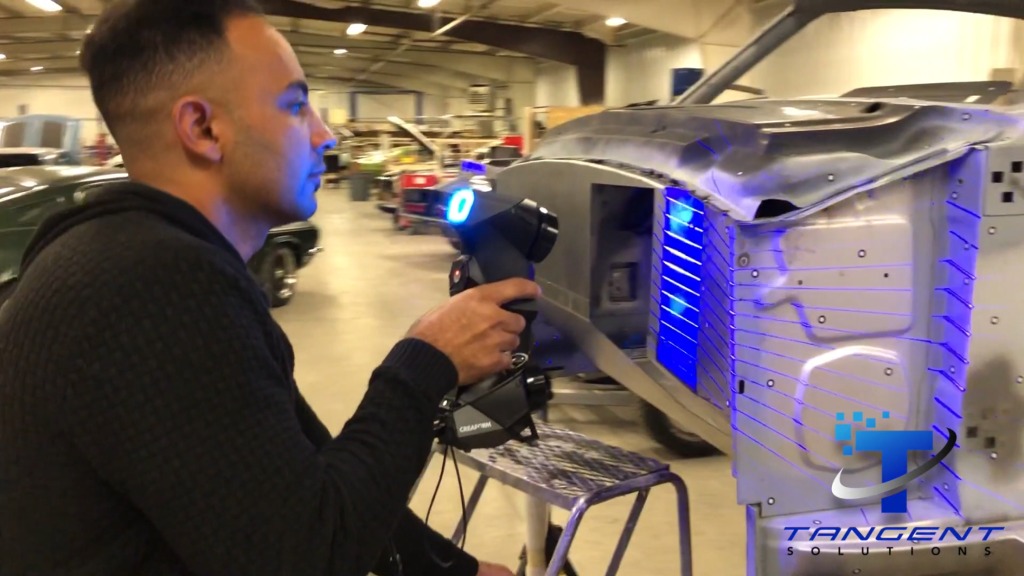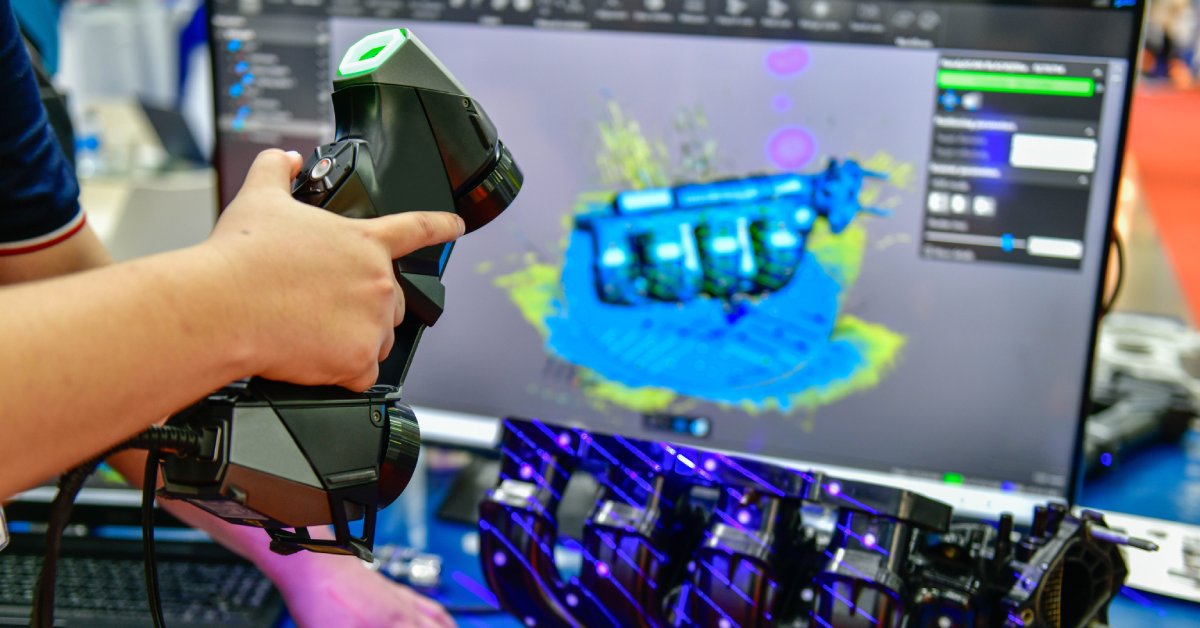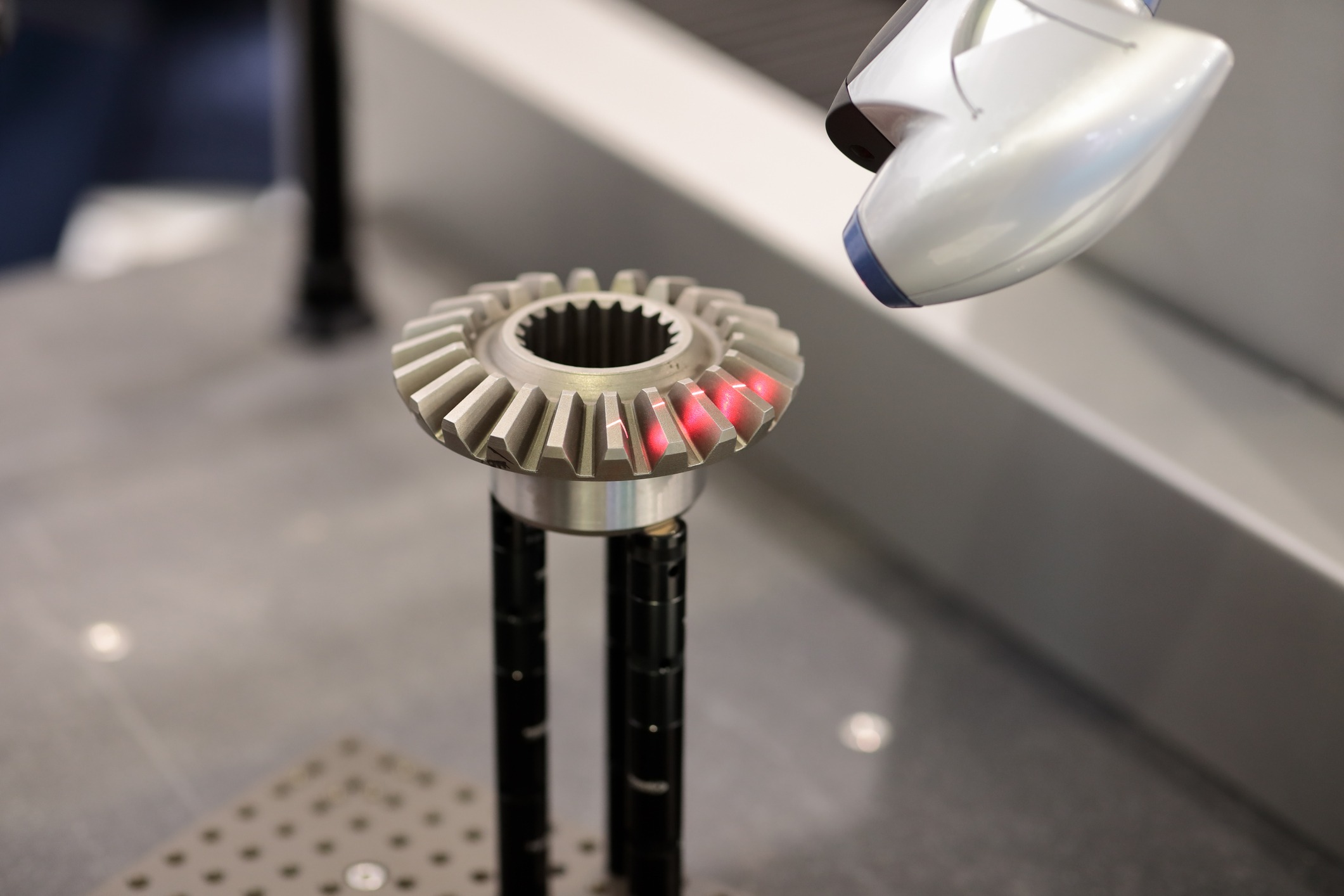Recreating famous artwork is a balance of precision, creativity, and technology. Until recently, methods like molds and photography dominated the process, but they often lacked the accuracy needed to capture every nuance of a masterpiece. 3D scanning has now transformed art recreation, offering unmatched precision and new possibilities. Here’s how the 3D scanning process enhances the recreation process, particularly for 3D objects and sculptures, and what makes it the superior method.
How 3D Scanning Helps With Recreation

3D scanning redefines the recreation process by delivering new levels of precision and efficiency. Here’s how it contributes:
Captures Intricate Details
Artworks, particularly textured paintings and sculptures, are defined by their fine details. Traditional methods often miss subtle elements like brushstroke ridges or tiny chisel marks. 3D scanning addresses this by capturing even the smallest features, creating a near-perfect digital replica. This level of care allows artists to reproduce not just the look but the feel of the original piece.
Preserves Original Dimensions
Accurate proportions are critical to maintaining the integrity of a recreated piece. However, scaling or manual measurements tend to introduce minor errors. 3D scanning eliminates this risk by capturing precise dimensions, ensuring the proportions remain exactly as the artist intended. Whether recreating a delicate figurine or a large sculpture, this technology provides a replica that maintains the original’s visual impact, even if scaled to a different size.
Creates a Digital Blueprint
3D scanning doesn’t only assist with physical replication; it also creates a long-lasting digital model. This model acts as a “blueprint” that stores fine details and dimensions for future use. Unlike physical molds, which deteriorate over time, these blueprints remain accessible indefinitely.
Facilitates Restoration
Even masterpieces are prone to aging, wear, and damage over time. 3D scanning is a game-changer when it comes to restoration. For instance, you can digitally reconstruct a missing portion of a sculpture based on the scan, then seamlessly integrate it into the original using additive manufacturing techniques like 3D printing.
For many pieces of art, digital restoration allows you to first address cracks, fading, or flaking paint virtually, minimizing errors during physical restoration. This combination of digital modeling and practical repairs offers an efficient, precise approach to preserving art.
Guides Material Replication
Replicating not just the shape but the material characteristics of artwork is tricky. Fortunately, 3D scans provide the data needed to recreate textures and forms using techniques like 3D printing or CNC machining. This means you could transform data from a marble sculpture scan into a resin replica with the same intricate texture. Because the digital model thoroughly guides the manufacturing processes, the results consistently match the original piece in both form and style.
Why 3D Scanning is a Superior Recreation Option

While it might now seem obvious why many people choose 3D scanning to help recreate famous artwork, there’s a bit more to it that we want to explore further. Here’s what truly sets it apart:
Unmatched Precision
Photographic references and manual recreation can’t compare in terms of precision. 3D scanning ensures these details are captured flawlessly and eliminates human error. Every characteristic is digitally preserved, guaranteeing an accurate replica.
Even something as subtle as the curve of a statue’s cloth drapery is faithfully carried over with this technology. Compared to older methods, the precision offered by scanning is simply unparalleled.
Fast and Efficient
Where traditional recreation methods can take weeks of manual labor, 3D scanning accelerates the process without sacrificing accuracy. Scanning medium-sized sculptures might only take a few hours, while tools like automatic mesh generation streamline post-scan adjustments.
For large-scale or time-sensitive projects, the time saved using 3D scanning can make a significant difference, enabling conservators to focus on other aspects of the artwork’s preservation or presentation.
Versatility
The output from a single scan can serve multiple purposes, making 3D scanning incredibly versatile. Physical replicas benefit from the precision of the scanned data, while digital versions unlock opportunities for education or virtual exhibits.
For example, museums can use scans to create both tactile reproductions for visually impaired audiences and interactive 3D displays for online visitors. Artists can also reinterpret historic works into entirely new formats, enlarging their creative potential.
Non-Invasive Process
Safeguarding the original artwork is always a priority. Traditional methods, such as mold-making, often involve physical contact, which can damage delicate or priceless pieces.
By contrast, 3D scanning uses lasers, light, or photogrammetry to capture data without touching the original. This contact-free process ensures that even fragile or irreplaceable pieces remain safe, making it an ideal choice for museums and collectors.
Global Accessibility
One of the best parts of 3D scans is that they make art pieces accessible regardless of location. People can share digital files worldwide, enabling remote collaboration and virtual exhibits.
Museums no longer need to transport valuable pieces for exhibitions, reducing the risk of loss or damage. Instead, scanned models serve as a safe, high-quality alternative for sharing the art globally.
How To 3D Scan Your Own Artwork
3D scanning isn’t just for major institutions; with the right tools, anyone can explore the process. Here’s how you can get started:
Choose the Right Equipment
The type of scanner you need depends on your artwork. Handheld 3D scanners are excellent for small to medium-sized pieces with fine details. For flat or large surfaces, photogrammetry (using overlapping photographs to generate a 3D model) is often more practical. Budget-conscious users can even try smartphone-based apps with scanning functionality, though their accuracy is limited.
Prepare Your Artwork
Before scanning, ensure the art piece is clean and evenly lit. Shadows or reflective surfaces may cause inaccuracies, so place the piece in a controlled environment. Reflective sculptures or varnished paintings may benefit from a matte spray to minimize glare. These small adjustments improve the overall quality of the scans.
Scan in Steps
Capturing your artwork from all angles is crucial to building a complete model. Rotate the piece and change the scanner’s position to ensure you cover intricate areas like edges or recesses. Most scanning tools provide feedback during the process, allowing you to fill gaps and refine the scan before proceeding. After capturing all necessary data, specialized software automatically stitches the scans together into a unified 3D model, ensuring seamless coverage of the sculpture or other form of 3D art.
Refine the Model
Once everything is together, post-processing allows you to enhance your scan. Use 3D modeling software to clean up noise, smooth imperfections, and fill in gaps where necessary. Refinement ensures the model is ready for specific applications, like 3D printing or digital platforms.
Export and Use
Once refined, you can then export the digital model for its intended purpose. STL or OBJ formats are ideal for printing, while optimized file types like glTF work better for virtual exhibits or augmented reality experiences. If you’re planning to physically replicate the art piece, format the file for the required technology. Tools like mesh optimization can also reduce file sizes for smoother online sharing.
Consider Mobile Scanning Services
If managing the process yourself seems intimidating, mobile 3D scanning services can be a practical alternative. These experts provide professional-grade equipment and handle all aspects of scanning, ensuring precise results for the shape and texture of your piece. This option is particularly useful for larger or more fragile sculptures that are difficult to transport, giving you peace of mind while achieving high-quality scans.







